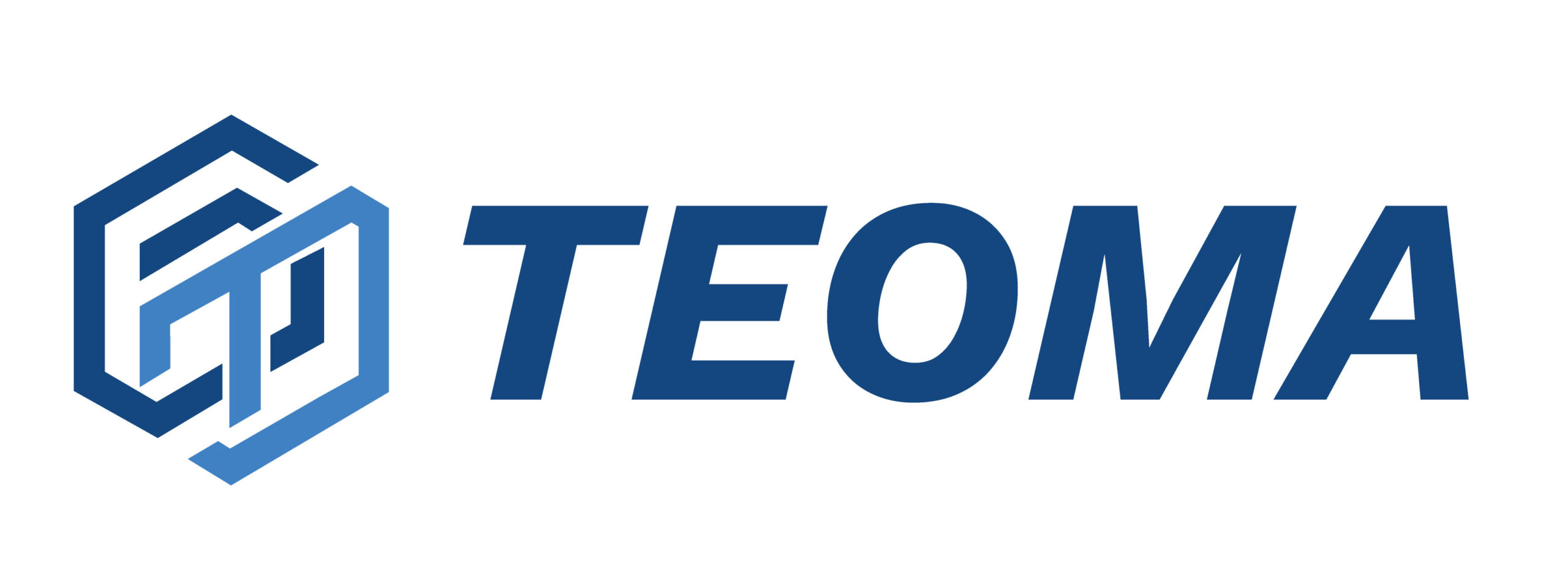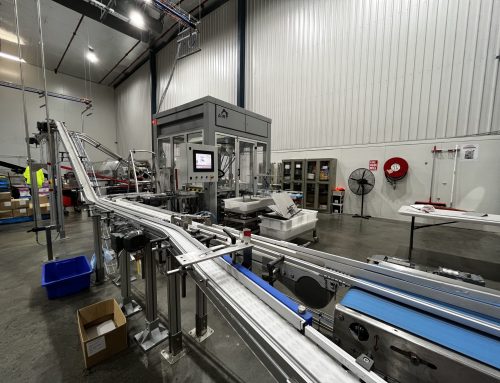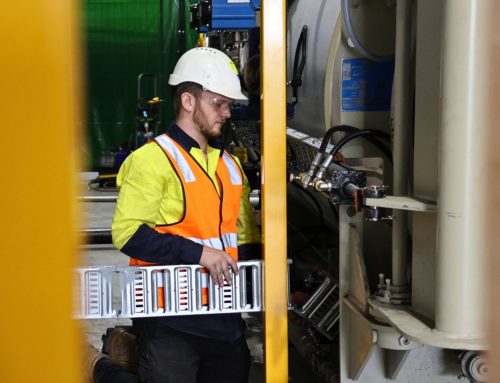In the world of industrial automation and control systems, the acronyms SCADA (Supervisory Control and Data Acquisition), HMI (Human-Machine Interface) and PLC (Programmable Logic Controller) play pivotal roles. These technologies work together in a synchronised manner to facilitate efficient and effective industrial operations.
1. Supervisory Control and Data Acquisition (SCADA)
SCADA is a centralised system that oversees and controls an entire industrial process. It gathers real-time data from various sensors and devices spread across a factory or plant. SCADA systems are instrumental in monitoring, gathering data and providing control remotely. Key functions of SCADA include:
- Data Acquisition: SCADA systems collect data from sensors, meters and other devices in the industrial environment.
- Control: SCADA allows operators to control and monitor processes using the data acquired, enabling them to make informed decisions.
- Data Presentation: It displays real-time data in a comprehensible format for operators through HMI.
2. Human-Machine Interface (HMI)
HMI is the user interface that connects an operator or an engineer to the SCADA system. It acts as a bridge between the human operator and the automation system. HMI provides a visual representation of the industrial process and allows operators to interact with the system. Key features of HMI include:
- Data Visualization: HMI presents real-time data in the form of graphs, charts and other visual representations for easy understanding.
- Control Inputs: Operators can send commands and input parameters through the HMI to control the industrial process.
- Alerts and Alarms: HMI alerts operators about critical events or deviations from set parameters, enabling timely intervention.
3. Programmable Logic Controller (PLC)
PLC is the brains of the operation, responsible for controlling the various components and machinery within an industrial system. It processes data received from sensors and executes control commands based on pre-programmed logic. Key functions of PLC include:
- Logic Execution: PLCs execute logical operations based on the programmed instructions to control machinery and processes.
- Interfacing with Devices: PLCs communicate with sensors, actuators and other devices to collect data and issue commands.
- Data Processing: PLCs analyse the collected data and generate outputs to maintain the desired operational parameters.
How They Work Together
The integration of SCADA, HMI, and PLC is a cohesive process that optimises industrial operations:
1. Data Acquisition
SCADA collects data from various sensors and devices placed in the industrial environment.
2. Data Processing and Control
PLC processes the collected data, executes control logic and issues commands to control devices based on predefined rules.
3. Data Presentation
HMI provides a visual interface displaying the real-time data and enabling operators to monitor and control the process.
4. Operator Intervention
Operators use the HMI to make informed decisions, intervene when needed, and adjust the process parameters as required.
The synergy of SCADA, HMI and PLC ensures a seamless and efficient industrial operation, improving productivity, reducing downtime and enhancing overall operational safety and effectiveness. These technologies form the backbone of modern industrial automation engineering, enabling businesses to meet the demands of a dynamic and competitive industrial landscape.
Looking for industrial automation services in Melbourne? Look no further than our expert team of industrial electricians. Contact us to get your project started.



